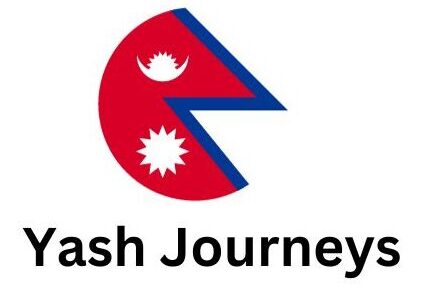Are you planning a trip to Nepal and wondering when the monsoon season starts? Monsoon season in Nepal typically begins in June and lasts until September. During this time, the country experiences heavy rainfall, which can affect travel plans and outdoor activities.
It is important to be prepared for potential delays, landslides, and road closures that can occur due to the monsoon. Despite the challenges, the monsoon season also has its own unique charm, as it brings lush greenery and blooming flowers to the mountainous landscape of Nepal.
Whether you’re a seasoned traveler or an adventurer seeking new experiences, understanding the timing and impact of the monsoon season in Nepal is key to planning a memorable and safe trip.
When Does Monsoon Season Start in Nepal
Overview of Monsoon Season
The monsoon season in Nepal typically starts in June and lasts until September. It is characterized by heavy rainfall and high humidity, which is crucial for the country’s agriculture. The monsoon season plays a vital role in replenishing water resources and supporting the livelihoods of millions of Nepalese people.
Meteorological Factors
The monsoon season in Nepal is influenced by several meteorological factors. The warm and moist air from the Indian Ocean moves northward and encounters the Himalayas, leading to the formation of low-pressure systems. The Tibetan Plateau also contributes to the monsoon circulation patterns by creating a temperature contrast. These factors combine to create the monsoon winds and rain-bearing clouds that affect Nepal.
Climate Variations in Nepal
Nepal experiences varied climate patterns due to its diverse topography and geographical location. The southern plains, also known as the Terai, receive the highest amount of rainfall during the monsoon season. The hilly regions receive a moderate amount of rainfall, while the high-altitude mountain regions experience significantly less rainfall. Moreover, temperature changes during the monsoon season are relatively mild across the country.
Historical Data and Trends
Historical data and trends show that the monsoon season in Nepal has been relatively consistent over the years. However, there have been instances of inter-annual variability, resulting in fluctuations in rainfall patterns. Climate change also poses a challenge, with potential impacts on the monsoon season and overall precipitation levels in the future.
Monsoon Season Duration
The monsoon season in Nepal typically begins around the second week of June and continues until the end of September. It is characterized by intense rainfall during the initial phase, which gradually tapers off towards the end. Transition periods, known as the pre-monsoon and post-monsoon seasons, mark the beginning and end of the monsoon season.

Impact of Monsoon Season
The monsoon season has both positive and negative impacts on Nepal. On the positive side, it replenishes water resources, refills reservoirs, and ensures the availability of water for agriculture, hydropower generation, and domestic use. However, the heavy rainfall during the monsoon season also leads to flooding and landslides, causing damage to infrastructure, homes, and agricultural lands. It also disrupts transportation networks and poses risks to public safety.
Agriculture and Planting Seasons
The monsoon season is of paramount importance for agriculture in Nepal. Farmers rely on the monsoon rains to irrigate their fields and cultivate various crops. The onset of the monsoon season signals the beginning of the planting season, with farmers sowing paddy, maize, millet, and other crops. The intense rainfall during this period ensures the optimal growth of crops, while the subsequent period allows for harvesting activities.
Tourism and Outdoor Activities
While the monsoon season may deter some tourists, it also offers unique opportunities for outdoor activities in Nepal. Trekking and hiking enthusiasts can enjoy lush green landscapes and reduced crowds during this time. Wildlife safaris in national parks become a popular attraction as the monsoon nourishes the flora and attracts diverse wildlife. Moreover, cultural festivals, such as Ropain Jatra and Teej, celebrate the monsoon season and offer visitors a chance to experience traditional Nepali culture.
Preparation and Safety Tips
To ensure safety during the monsoon season in Nepal, it is important to take certain precautions. Travelers should be aware of weather conditions and plan accordingly. It is advisable to carry appropriate rain gear and waterproof clothing. Additionally, staying informed about potential landslides and road closures is crucial, especially for those traveling to remote areas. Following safety guidelines and being cautious around rivers and flooded areas is essential to prevent accidents.
Conclusion
The monsoon season in Nepal brings much-needed rainfall and plays a vital role in the country’s agriculture, water resources, and overall ecosystem. It is important to understand the meteorological factors, climate variations, and historical trends associated with the monsoon season. While it brings challenges such as flooding and landslides, the monsoon season also presents opportunities for tourism and outdoor activities. By adopting preparation and safety measures, one can fully enjoy and appreciate the beauty and significance of the monsoon season in Nepal.

